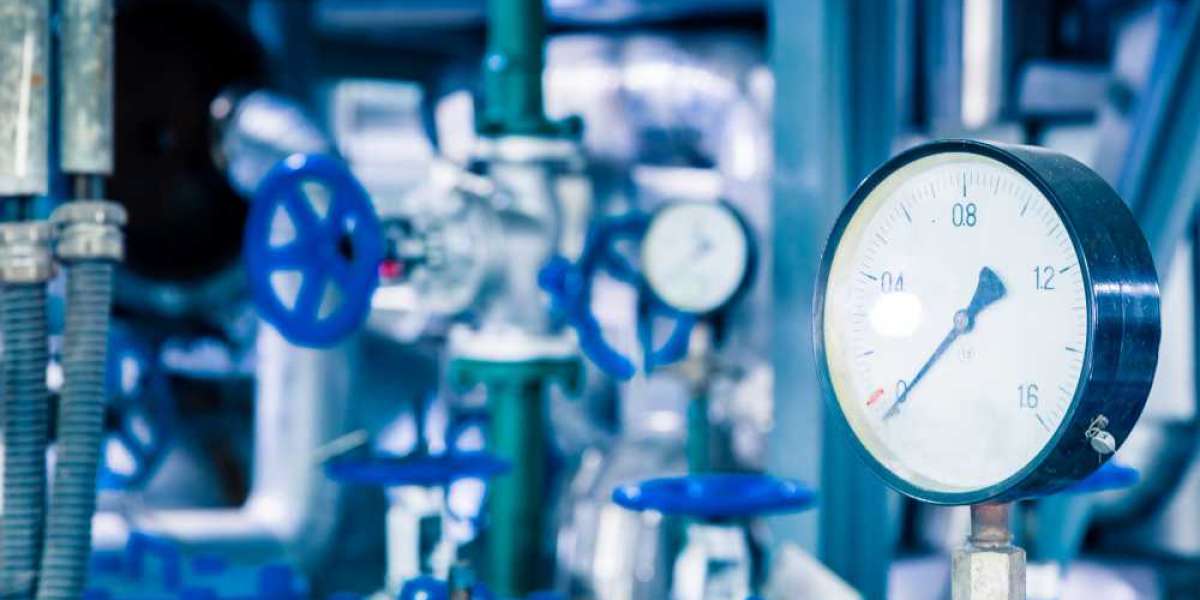If you are navigating the world of hydraulic or pneumatic systems, you’ve probably come across the term Directional Control Valves (DCVs). For many buyers, especially those new to industrial components, understanding these valves can feel overwhelming. But don’t worry — this ultimate guide breaks down everything you need to know, without the jargon, so you can make a smart, confident purchase.
What Are Directional Control Valves?
Directional control valves are essential components used to control the flow of fluid (like oil, water, or air) within a system. Their primary job is to start, stop, and change the direction of flow. Think of them as the "traffic signals" of hydraulic and pneumatic systems, guiding the movement of fluid precisely where it needs to go.
Without them, machines would not be able to move, lift, or perform tasks as intended. Whether you're working with a simple system or a complex industrial machine, DCVs play a crucial role in efficient operation.
Key Components of a Directional Control Valve
Understanding the basic parts of a DCV can help you choose the right one:
Actuator: This part moves the internal valve element. It can be mechanical, hydraulic, pneumatic, or electrical.
Spool: The internal part that shifts to control the flow paths.
Ports: Openings where fluid enters and exits the valve.
Body: The outer casing that holds everything together.
Each of these parts works together to manage how and where the fluid flows within your system.
Main Types of Directional Control Valves
Choosing the right valve starts with knowing the main types:
Two-Way Valves: These have two ports — one for fluid in and one for fluid out. They are used for simple on/off operations.
Three-Way Valves: With three ports, these valves can direct flow between two different circuits. They are common in single-acting cylinders.
Four-Way Valves: The most versatile, these have four ports and are often used for double-acting cylinders and motors, enabling both forward and backward movement.
Five-Way Valves: Typically found in pneumatic systems, they are an advanced version of the four-way valve, offering greater flexibility.
Common Ways Directional Control Valves Are Operated
DCVs can be operated through various methods depending on the application:
Manual: Operated by levers, pedals, or push-buttons.
Mechanical: Triggered by cams, rollers, or springs.
Solenoid (Electrically Operated): An electric current shifts the valve.
Pneumatic or Hydraulic: Pressure from air or fluid controls the valve movement.
For high-speed automation or remote operations, solenoid-operated valves are very popular due to their efficiency and ease of control.
Important Factors to Consider Before Buying
Choosing the right directional control valve isn’t just about picking one off the shelf. Here’s what you need to evaluate:
Application Requirements: Know your system’s pressure, temperature, and flow rate needs.
Valve Size: The size should match your system to avoid overloading or inefficiency.
Material Compatibility: Ensure the valve material can handle the fluid type (especially with corrosive or high-temperature fluids).
Operation Type: Manual, mechanical, solenoid, or hydraulic — choose based on the complexity and control needs of your system.
Maintenance and Durability: A valve that's easy to maintain and built from high-quality materials will save you time and money over the long run.
Tips for Smart Buyers
Buy from Trusted Brands: Reliability matters. Established brands often provide better warranties and customer support.
Consult with Experts: Don’t hesitate to ask manufacturers or suppliers for guidance tailored to your system.
Read Reviews and Case Studies: Real-world user feedback can give you insights into performance and common issues.
Future-Proof Your Choice: If you expect your system to grow, choose a valve that can handle future upgrades.
Final Thoughts
Directional control valves might seem complex at first glance, but once you understand their role and how they work, choosing the right one becomes much easier. With the right valve, your system will run smoother, more efficiently, and with fewer breakdowns.
Whether you’re upgrading existing equipment or building a new system, making an informed choice will save you money and headaches down the road.


